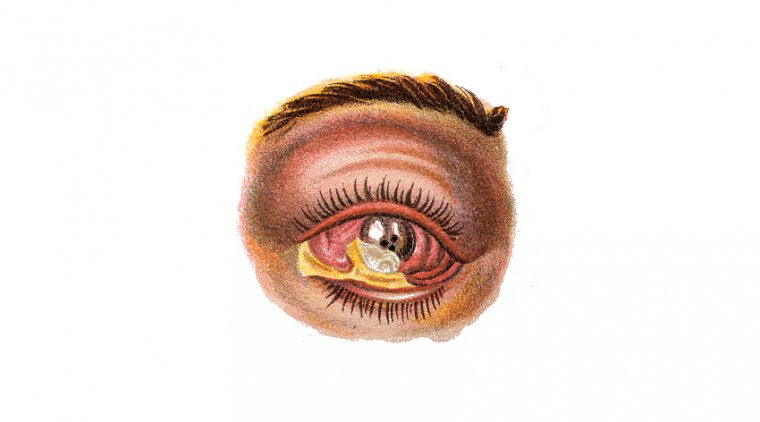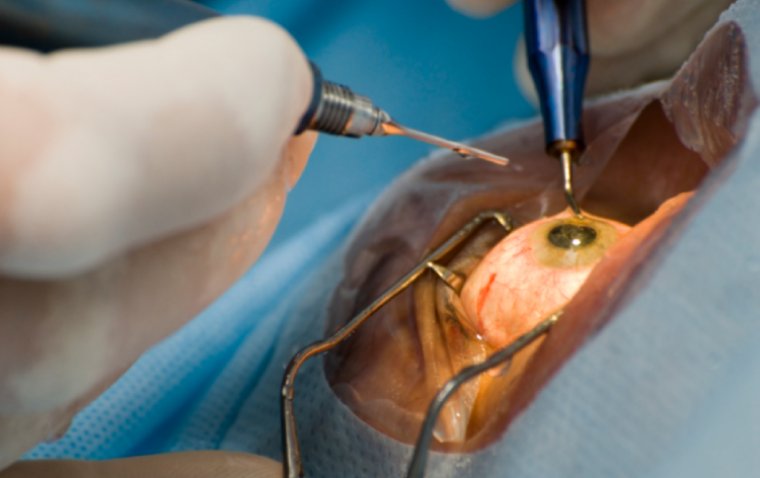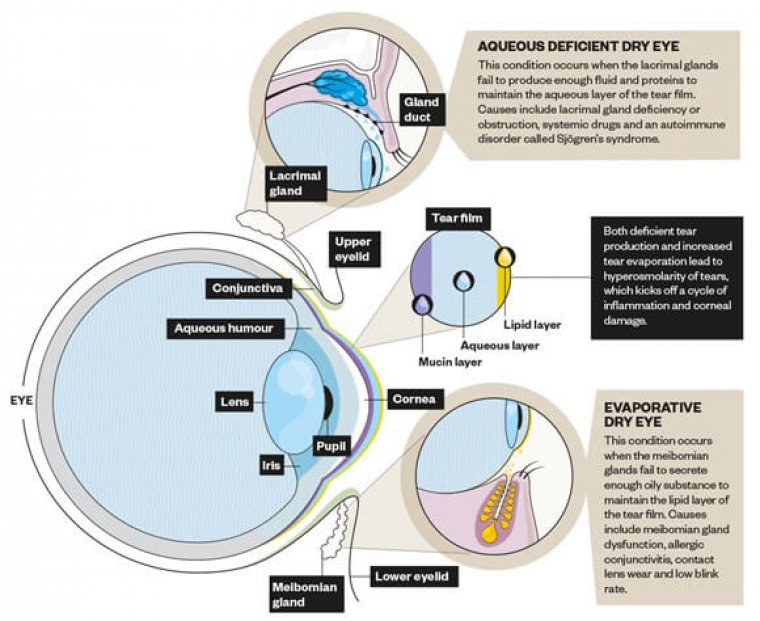
Retinoblastoma: A Rare Type of Eye Cancer Affecting Children
Retinoblastoma is a rare type of eye cancer that primarily affects children. It occurs when a genetic mutation causes cells in the retina to divide and grow uncontrollably. The condition can be inherited or occur spontaneously.
What Causes Retinoblastoma?
Inherited: Retinoblastoma can be inherited in an autosomal dominant pattern, meaning that if a parent carries the genetic mutation, there is a 50% chance that the child will inherit it. This type of retinoblastoma is known as heritable retinoblastoma.
Spontaneous: Retinoblastoma can also occur spontaneously, without any known genetic cause. This is known as non-heritable retinoblastoma.
Symptoms of Retinoblastoma
● Strabismus (crossed eyes): This occurs when the eyes are not aligned and point in different directions. It can be caused by a tumor in the retina, which affects the muscles that control eye movement.
● Leukocoria (white pupil): This occurs when the retina reflects light differently than it would normally, causing the pupil to appear white instead of its usual black. It can be caused by a tumor in the retina.
● Eye pain: This can be caused by a tumor pressing on the eye or nerves in the eye.
● Loss of vision: This can occur if the tumor affects the retina or optic nerve, which are responsible for transmitting visual information to the brain.
● Redness or swelling in the eye: This can occur if the tumor causes inflammation or bleeding in the eye.
.jpg)
A picture showing leukocoria (white pupil)
Treatment Options for Retinoblastoma
Treatment options for retinoblastoma depend on various factors such as stage, location, size, and type of tumor, age, overall health status, and patient's preference. The main treatment options are:
Surgery: Surgery may be used to remove the tumor and preserve vision in the affected eye. The type of surgery will depend on the location and size of the tumor. Enucleation, which is the removal of the eye, is used for larger tumors that cannot be treated with other methods, but in most cases, the goal is to preserve the eye and vision. Surgery can be done by a specialized ophthalmologist or ocular oncologist.
Radiation therapy: Radiation therapy uses high-energy rays to destroy cancer cells. It may be used to shrink the tumor before surgery or as an alternative to surgery. It can be delivered externally or internally (brachytherapy) and can be used alone or in combination with other treatments.
Chemotherapy: Chemotherapy is a treatment that uses drugs to destroy cancer cells. It is often used in combination with other treatments, such as surgery or radiation therapy. It can be given intravenously, orally or intra-arterially.
Cryotherapy: Cryotherapy is a procedure that uses extreme cold to freeze and kill cancer cells. It may be used to treat small tumors that are located on the surface of the eye.
Photocoagulation: Photocoagulation is a procedure that uses a laser to destroy cancer cells. It may be used to treat small tumors that are located on the surface of the eye.
Thermotherapy: Thermotherapy is a procedure that uses heat to destroy cancer cells. It may be used to treat small tumors that are located on the surface of the eye.
Observation: Sometimes, the tumors are small, located in the peripheral retina and have low risk of spreading, and can be monitored closely with regular ophthalmologic check-ups without immediate treatment.
Can Retinoblastoma Be Prevented?
Retinoblastoma that is caused by inherited genetic mutations cannot be prevented, but early detection and treatment can improve the chances of preserving vision and achieving a cure.
There are several ways to detect retinoblastoma early:
Routine eye exams: Children should have regular eye exams, starting at a young age, to detect any potential vision problems.
Leukocoria screening: Leukocoria, or a white reflex in the pupil, is a common symptom of retinoblastoma. Parents can use a smartphone app or a camera with a flash to check for this symptom at home.
Genetic testing: If a parent or family member has been diagnosed with retinoblastoma, other family members may be at an increased risk of the disease and should undergo genetic testing to determine if they carry the genetic mutation.
In cases where retinoblastoma is caused by a spontaneous genetic mutation, it cannot be prevented. However, early detection and appropriate treatment can improve the chances of preserving vision and achieving a cure.
(1).jpg)










